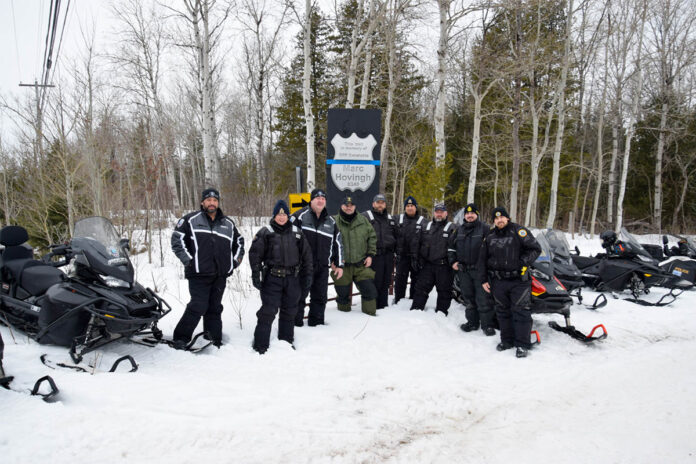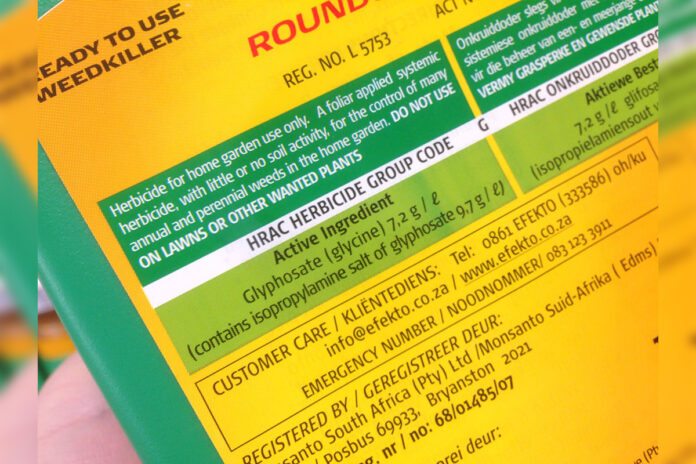QUEEN’S PARK—The snap early election called a year-and-a-half early by Premier Doug Ford proved a charm for his Progressive Conservative Party of Ontario—bringing home a third majority government, although not exactly with the stronger mandate the Tory leader said he was looking for when he pulled the plug early.
The PCs scored 80 seats, down from their 2022 tally by three, with 42.97 percent of the vote, up from 40.83 in 2022. The NDP held onto Official Opposition status, taking 27 seats and 18.55 percent of the vote, down from the 31 seats they captured in 2022 and the 33.59 percent of the popular vote. The provincial Liberals regained official party status with 14 seats, topping second place in the popular vote tally with 29.95 percent of votes cast.
As is often the case in first past the post electoral systems, the seat tally did not follow the popular vote. Since NDP voters are more concentrated in several ridings, they were more successful in the seat numbers overall.
There were a number of parties contesting this election besides the big three, and some of them also scored seats. The Green Party brought home two seats, up one from 2022 (although they had two at dissolution), with 4.83 percent of the popular vote compared to 4.6 percent in 2022. The Greens had hoped to flip Parry Sound-Muskoka, but in the end fell short of unseating the incumbent Progressive Conservative.
There was also an Independent re-elected, an unusual occurrence in Ontario politics. Former PC staffer Bobbi Ann Brady proved that her win in Haldimand-Norfolk as an independent in 2022 was anything but a fluke, going on to win her seat in 2025 by the second-largest margin in the province.
Algoma-Manitoulin incumbent Mike Mantha was not as fortunate, coming in fourth with 11.88 percent of the popular vote behind the winning Tories under Thessalon Mayor Bill Rosenberg (41.33 percent), the NDP under paramedic David Timeriski (27.19 percent) and the Liberals under former Anishinabek Nation Grand Council Chief Reg Niganobe (14.49 percent). The New Blue Party under Sheldon Pressey (2.63 percent) and the Green Party’s Maria Legault (2.48) rounded out the lists.
Provincially, there were 15 other parties vying for a seat, but all came up short.
Voter turnout in the 2025 provincial election was 45.4 percent, not a particularly inspiring number, but at least higher than the 44.06 percent that stepped up to the ballot box in 2022 (that was the lowest turnout in Ontario history, breaking the 2011 low tally of 48.2 percent).
The PCs may be down three seats, but their share of the popular vote actually increased from the 40.83 percent in 2022. The Liberals managed to up their popular vote somewhat from 2022’s 23.91 percent to 29.05 percent in 2025.
Across the North, Algoma-Manitoulin provided the only upset victory, each of the other ridings staying in the same fold. Algoma-Manitoulin went to the NDP in 2022 but is now solidly blue.
Algoma-Manitoulin has often switched parties over the years since its inception in 1934. It began as a solid Liberal fold under Wilfred Miller before turning blue in 1945 under PC John Fullerton. Stanley Farquhar took the riding back to the Liberals for two terms in 1963, handing over the reins to John Lane of Gore Bay in 1971, where it would stay until 1987 and the advent of Liberal Mike Brown, who would go on to hold the riding until 2011. Mr. Mantha held the riding for the NDP until 2023 when he became an independent.
Premier Ford managed to secure a rare third majority, successfully harnessing the nationalistic pushback against US President Donald Trump, despite initially being a strong supporter of the MAGA leader. The last premier to accomplish that feat was fellow Tory Leslie Frost, who reigned from May 4, 1949 to November 8, 1961. Unlike Premier Ford, who is widely regarded as a populist leader, Premier Frost was known largely for his low-key approach to politics with the nickname “the Great Tranquilizer” taking him to successive majorities in 1951, 1955 and 1959.





